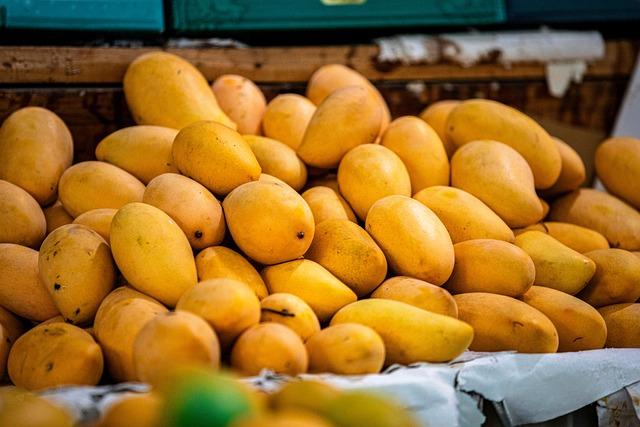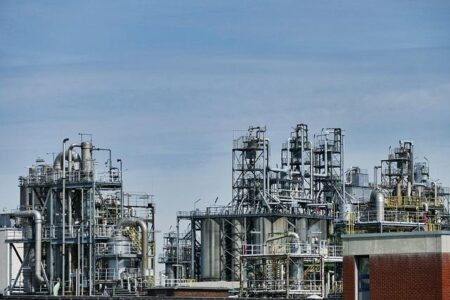The United Kingdom’s raw silk market is on track for significant expansion, with projections indicating a rise to 78 tons and a market value of $3.4 million by 2035, according to recent analysis from IndexBox. This anticipated growth underscores a renewed interest and demand for raw silk within the UK, driven by evolving fashion trends, sustainable material preferences, and strengthening trade ties. Industry experts suggest that these factors, combined with developments in supply chain dynamics, could position the UK as a notable player in the global silk sector over the coming decade.
UK Raw Silk Demand Driven by Rising Fashion and Luxury Sectors
The UK market for raw silk is witnessing a significant uptick, largely propelled by the expanding fashion and luxury industries. Designers and high-end brands are increasingly favoring raw silk due to its natural luster and sustainable appeal, which align with the growing consumer demand for eco-friendly and premium materials. This trend is fuelling stronger import volumes and encouraging domestic businesses to explore innovative uses of raw silk in apparel, accessories, and bespoke collections.
Key factors driving this surge include:
- The resurgence of artisanal craftsmanship and heritage fashion
- Rising consumer interest in ethically sourced textiles
- Investment in luxury retail expansions across major UK cities
- Increased collaborations between UK designers and Asian silk producers
| Year | Raw Silk Demand (tons) | Market Value (USD million) |
|---|---|---|
| 2023 | 45 | 1.9 |
| 2028 | 60 | 2.5 |
| 2035 (forecast) | 78 | 3.4 |
Supply Chain Challenges and Opportunities for Domestic Producers
Domestic silk producers in the UK face a complex network of supply chain challenges that could impact the sector’s ability to meet the projected market growth to 78 tons by 2035. Key obstacles include limited access to high-quality mulberry leaves, the primary feedstock for silkworms, and the scarcity of specialized labor skilled in sericulture practices. Furthermore, logistical constraints such as inconsistent cold storage availability and transportation inefficiencies increase processing times and costs, constraining scalability in production.
However, these hurdles also pave the way for significant opportunities:
- Investment in local cultivation: Encouraging domestic mulberry farming can reduce dependency on imports and stabilize raw material supply.
- Technological innovation: Adoption of automated reeling and breeding technologies promises improved yield and quality.
- Collaborative networks: Building partnerships between farmers, manufacturers, and research institutions may streamline supply chains and foster knowledge sharing.
| Challenge | Opportunity | Impact |
|---|---|---|
| Fragmented Supply Base | Establishment of Co-ops | Improved material flow |
| High Production Costs | Automation Investments | Cost Reduction & Efficiency |
| Skilled Labor Shortage | Training Programs | Enhanced Workforce Capability |
Strategic Recommendations for Stakeholders to Capitalize on Market Expansion
Industry players should prioritize enhancing supply chain resilience by forging strategic partnerships with key raw silk producers across Asia. Establishing long-term contracts not only guarantees a stable influx of premium raw material but also enables better cost management amid fluctuating market conditions. Additionally, investing in advanced quality control technologies will help stakeholders meet the rising demand for superior raw silk, appealing to luxury textile manufacturers and niche fashion brands prioritizing sustainable sourcing.
To fully leverage the expanding UK raw silk market, diversification of product offerings is critical. Companies are encouraged to explore value-added silk blends and organic silk varieties, catering to evolving consumer preferences for eco-friendly fabrics. Marketing strategies should emphasize the unique properties of UK-sourced silk, supported by data-driven insights into emerging trends. Key focus areas include:
- Expanding distribution channels, including e-commerce and boutique retailers
- Collaborating with fashion designers to showcase innovative silk applications
- Implementing sustainability certifications to boost brand credibility
| Recommendation | Expected Impact |
|---|---|
| Supply Chain Partnerships | Stable raw material supply, cost optimization |
| Value-Added Silk Products | Market differentiation, higher profit margins |
| Sustainability Certifications | Enhanced brand trust, access to premium segments |
Strategic Recommendations for Enhancing UK Raw Silk Market Position
- Enhance Supply Chain Resilience
- Forge strategic partnerships with raw silk producers across Asia.
- Establish long-term contracts to ensure stable supply and cost management.
- Invest in advanced quality control technologies.
Expected Impact: Stable raw material supply, cost optimization.
- Diversify Product Offerings
- Develop value-added silk blends and organic silk varieties.
- Cater to consumer demand for eco-friendly, sustainable fabrics.
- Highlight unique properties of UK-sourced silk using data-driven marketing.
- Expand distribution via e-commerce and boutique retailers.
- Collaborate with fashion designers to showcase innovative uses.
Expected Impact: Market differentiation, higher profit margins.
- Implement Sustainability Certifications
- Obtain relevant certifications to boost brand credibility.
- Target premium segments valuing sustainable sourcing.
Expected Impact: Enhanced brand trust, access to premium market segments.
If you would like, I can help transform this into a presentation slide, marketing brief, or a more detailed action plan as well!
Insights and Conclusions
As the UK’s raw silk market is projected to expand to 78 tons and reach a valuation of $3.4 million by 2035, industry stakeholders are poised to capitalize on emerging opportunities within this niche textile sector. Driven by evolving consumer preferences and a growing appetite for sustainable luxury fabrics, the market’s growth signals promising prospects for manufacturers, exporters, and investors alike. Continued monitoring of trade dynamics and technological advancements will be essential to navigating the path ahead in this evolving landscape.




